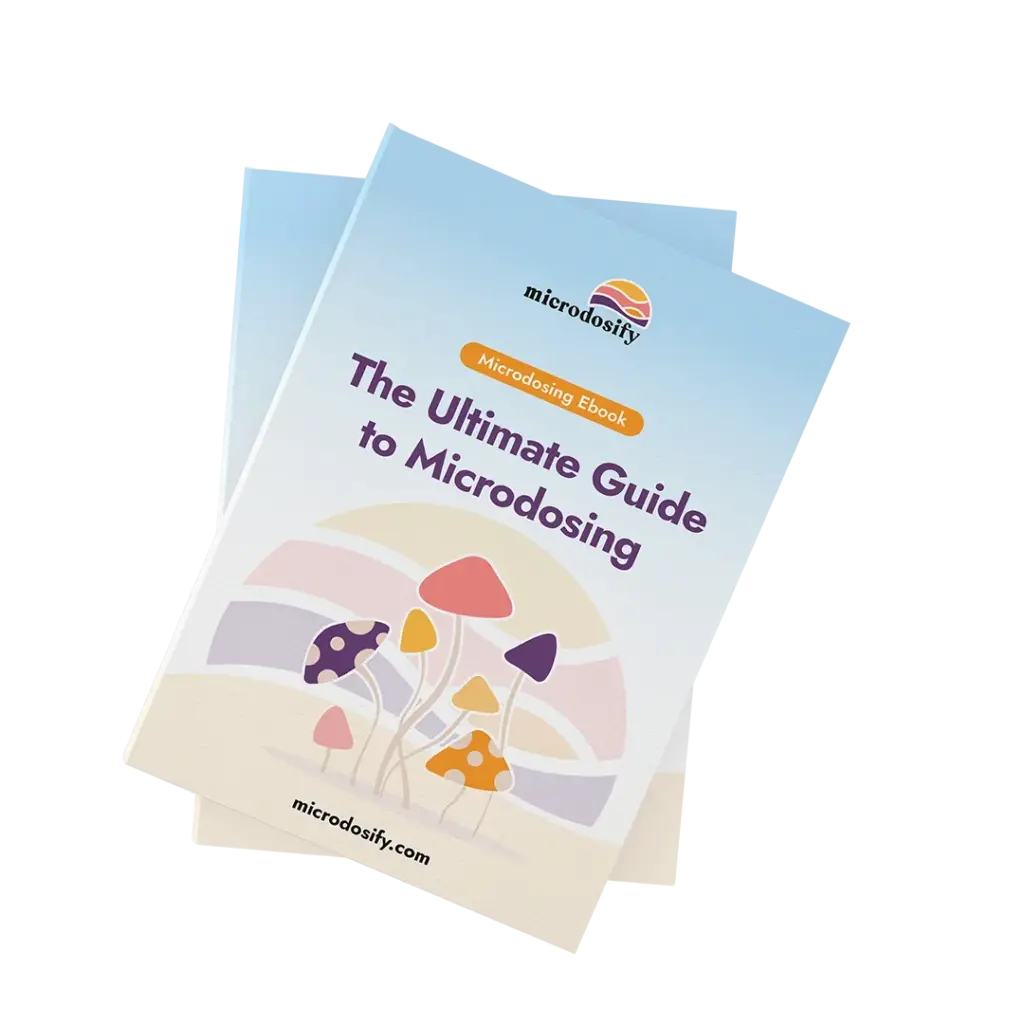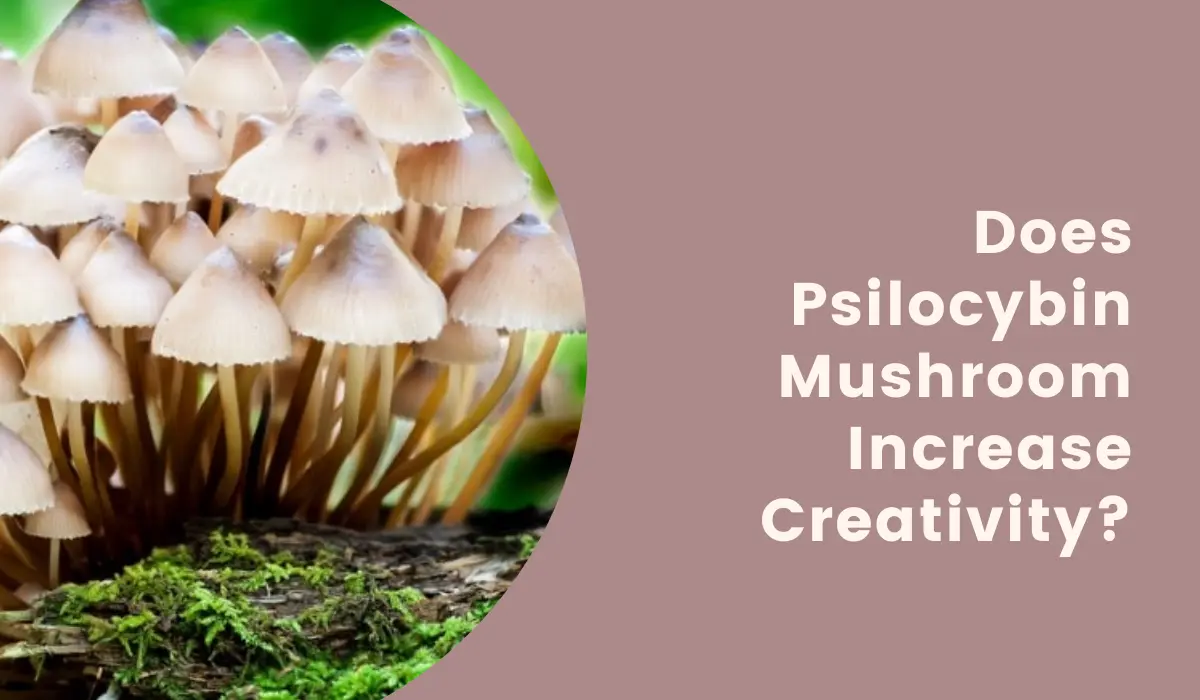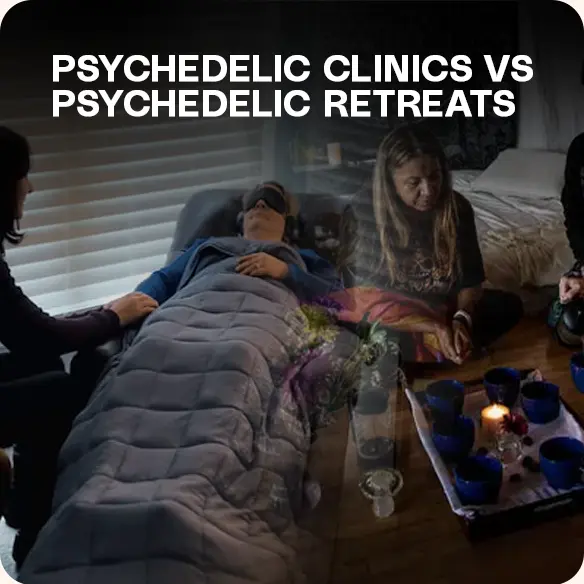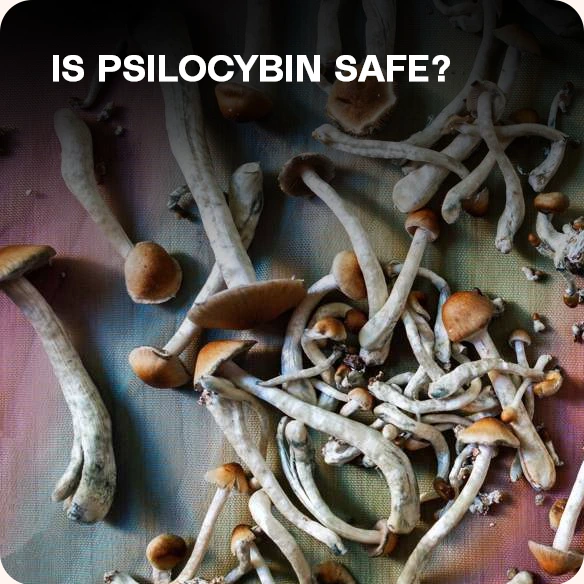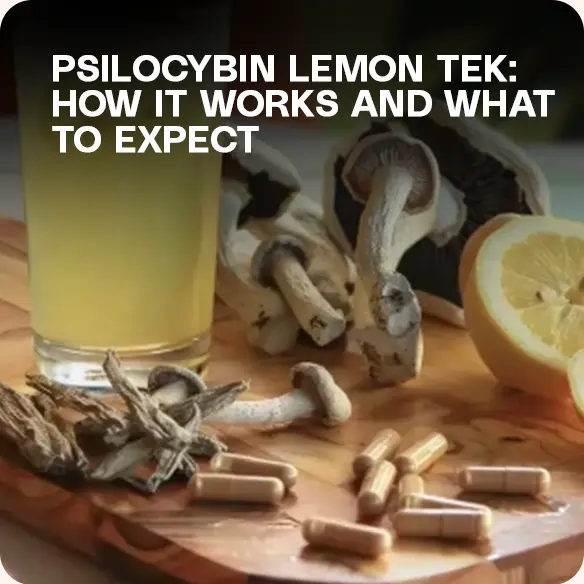Microdosing, particularly with substances like psilocybin, is gaining attention for its potential to enhance creativity and mental well-being.
We will discuss its benefits for creativity, the associated risks, and best practices for those considering this holistic approach.
Key Takeaways:
- Microdosing can enhance brain function, increase focus and concentration, and improve mood and emotional well-being, all of which can contribute to increased creativity and out-of-the-box thinking.
- When microdosing for creativity, it is important to find the right substance and dosage, create a schedule and routine, set intentions and goals, and incorporate mindfulness practices.
- When microdosing for creativity, it is important to start slowly and gradually increase dosage, keep track of effects and adjust accordingly, take breaks for integration, and combine with other holistic practices.
What is Microdosing?
Microdosing is the practice of taking subperceptual doses of psychedelics, such as psilocybin found in magic mushrooms and lysergic acid (LSD), to enhance mental health, focus, and creativity without experiencing the full effects of the substance.
This approach is increasingly gaining traction among individuals seeking to improve their cognitive functions, emotional well-being, and overall mental clarity, especially within the counterculture and holistic communities.
While substances like Ayahuasca and LSD have been used traditionally, microdosing is viewed as a modern method to achieve personal growth and insights without the overwhelming experience often associated with full doses.
What Substances Are Used for Microdosing?
Various substances are commonly used for microdosing, with psilocybin from magic mushrooms and LSD being the most popular due to their accessibility and well-documented effects on creativity and mental health.
These substances are powerful enhancers of cognitive capabilities, allowing individuals to tap into deeper levels of creativity and focus.
- Psilocybin: Derived from specific species of mushrooms, this compound has been used for centuries in traditional rituals. Users often report enhanced emotional well-being, decreased anxiety, and improved problem-solving skills.
- LSD: Also known as acid, this synthetic psychedelic has its roots in the early 20th century. Many users have noted increased divergent thinking and an ability to make novel connections between seemingly unrelated ideas.
- Ayahuasca: A brewed drink from the Amazon, often used in spiritual ceremonies, it combines several plants to produce a psychedelic experience that can lead to profound insights and emotional healing.
- DMT: This powerful psychedelic can be found in various plants and animals, known for its short-lived but intense trips, which some claim lead to increased clarity and inspiration.
By exploring these substances responsibly, individuals may find new pathways to enhancing their creative and cognitive endeavors.
How is Microdosing Different from Taking a Full Dose?
Microdosing differs significantly from taking a full dose of psychedelics, as taking a macrodose typically results in enhanced visuals, altered perception, and profound psychological experiences, while microdosing aims to achieve subtle enhancements in mental health, focus, and creativity without overwhelming effects.
While full dosing can transport individuals into deeply immersive realms of self-discovery, often leading to intense emotional breakthroughs, microdosing presents a more subtle pathway.
This approach allows for a gentle integration of psychedelic benefits into daily life, enhancing creativity and problem-solving abilities without the daunting aftereffects often associated with higher doses.
- Cognitive Effects: Full dosing may produce transformational insights but can also lead to confusion or overstimulation during the experience.
- Emotional Effects: Conversely, microdosing can foster a sense of well-being and improved mood, encouraging productive brainstorming sessions.
By using smaller doses, individuals can explore heightened levels of creativity and emotional stability consistently, making microdosing a choice for those seeking a daily boost without the intensity of a full psychedelic journey.
How to Microdose To Boost Creativity?
Microdosing for creativity involves a structured approach that includes finding the right substance and dosage, creating a schedule, setting intentions, and incorporating mindfulness practices to maximize benefits.
Finding the Right Substance and Dosage
Finding the right substance and dosage is crucial for successful microdosing, as individual responses to psychedelics like psilocybin and LSD can vary significantly, impacting creativity and mental health.
Understanding personal physiology plays a critical role in determining the ideal approach to microdosing. Each person’s brain chemistry, medical history, and lifestyle will influence how they metabolize these substances. Therefore, careful consideration is necessary for a safe and effective experience.
Individuals should start with small doses, gradually increasing based on their comfort and outcomes. Here are some essential factors to consider:
- Starting Dose: Begin with about 1/10th of a standard recreational dose.
- Substance Type: Experiment with different psychedelics to find what resonates best.
- Frequency: Most users microdose every three to four days to avoid tolerance.
- Journaling: Keeping track of experiences can help gauge perspectives and effectiveness.
Always prioritize safety and mindfulness during this exploration. Consulting with a healthcare professional before starting is advisable, especially for those with pre-existing conditions.
Creating a Schedule and Routine
Creating a consistent schedule and routine for microdosing is vital for maximizing its effects on creativity and mental wellbeing, as it allows individuals to monitor their responses and adjust accordingly.
Establishing a practical regimen not only helps in optimizing the use of microdosing, but it also creates a framework for evaluating the overall benefits experienced. By implementing various approaches tailored to individual preferences, one can enhance both creativity and emotional resilience.
- Daily Microdosing: This method involves taking small doses at the same time each day, fostering familiarity and predictability, which may lead to steady improvements in creative output.
- Intermittent Microdosing: Some individuals may find advantages in a schedule that alternates days of dosing, allowing the brain to refresh and preventing any tolerance buildup.
- Specific Timeframes: Dosing during particular periods, such as before creative tasks or brainstorming sessions, can help pinpoint when effects are most beneficial, aligning creativity bursts with productivity peaks.
These structured methods encourage experimentation, enabling enthusiasts to discover which timing positively impacts their creative processes the most.
Setting Intentions and Goals
Setting clear intentions and goals prior to microdosing can significantly enhance the experience and outcomes, particularly in terms of creativity and personal growth, especially when individuals seek to leverage these substances for personal development or therapeutic benefits. By defining specific objectives, such as increasing focus for a creative project or cultivating emotional resilience, microdosers can tailor their approach to align with their unique aspirations. This clarity not only helps in shaping the microdosing experience but also in measuring its effectiveness over time. Individuals can review their progress, adjusting their goals as needed, creating a dynamic and responsive strategy.
Indeed, when embarking on the journey of microdosing, individuals are encouraged to:
- Identify Clear Objectives: Articulate what they hope to achieve—whether it’s fostering innovation in art, boosting productivity at work, or exploring deeper personal insights.
- Maintain a Journal: Document experiences to track emotional and mental shifts, enabling insights into what strategies or dosages work most effectively.
- Seek Community Support: Engaging with others who share similar intentions can foster a supportive environment, enriching the microdosing journey.
By focusing on these foundational elements, practitioners can cultivate a more meaningful and impactful microdosing experience.
Incorporating Mindfulness Practices
Incorporating mindfulness practices into a microdosing routine can significantly enhance its benefits, promoting creativity and improving overall mental health outcomes.
By engaging in various mindfulness techniques, individuals may unlock deeper states of awareness, allowing for greater introspection and innovative thought processes. These practices can take many forms, each offering unique advantages that are particularly supportive for anyone looking to enhance their creative capabilities.
Below are some effective mindfulness practices that can be seamlessly integrated with microdosing:
- Meditation: This ancient practice encourages individuals to focus their thoughts, quiet their minds, and foster an understanding of their inner selves, which can lead to astounding creative breakthroughs.
- Yoga: The combination of physical movement and mindfulness found in yoga encourages relaxation and a deeper connection to one’s body, enhancing creative flow and mental clarity.
- Breathwork: Incorporating intentional breathing exercises can help calm the mind, reduce anxiety, and create a sense of space for creative ideas to emerge.
Engaging in these practices alongside microdosing not only amplifies the cognitive benefits but also cultivates a holistic approach to wellness, where creativity flourishes naturally.
What Are the Benefits of Microdosing for Creativity?
Microdosing can provide several notable benefits for creativity, enhancing brain function, mood, and emotional well-being. These contribute to improved cognitive tasks and original problem-solving abilities.
Many artists, poets, and musicians, including figures like Jimi Hendrix and Van Gogh, have noted boosted creativity and insights through the use of psychedelics, sparking interest in research-backed methods for enhancing creative instincts via microdosing.
By enabling a reflective nature and facilitating out-of-the-box thinking, microdosing is a potential solution for those seeking to break through creativity killers that inhibit spontaneous creative thinking.
Enhanced Brain Function
Microdosing can significantly enhance brain function, leading to improved mental clarity and cognitive task performance, which many users attribute to the subtle effects of psychedelics like psilocybin and LSD.
Research suggests that microdosing could stimulate neuroplasticity, the brain’s ability to reorganize itself by forming new neural connections. New connections in the brain may contribute to heightened awareness and information processing, enabling individuals to tackle complex tasks more easily.
- Increased serotonin levels, often linked to mood and cognitive balance, may contribute to these enhancements.
- Studies indicate that microdoses can promote synaptic growth in regions of the brain critical for memory and learning, which could further foster improved cognitive performance.
This combination of effects not only showcases the potential benefits of microdosing but also highlights its role in facilitating a more profound understanding of mental processes.
Increased Focus and Concentration
One of the key benefits of microdosing is increased focus and concentration, allowing individuals to handle cognitive tasks with greater efficiency and effectiveness, often resulting in improved mental health.
As a result, microdosing can lead to greater performance in various tasks such as:
- Improved memory retention
- Enhanced multitasking capabilities
- Greater clarity of thought
By facilitating a state of flow, individuals may find themselves navigating challenging tasks with ease. The positive effects extend beyond work, contributing to better emotional regulation and resilience in daily life, ultimately promoting better mental health.
Enhanced Mood and Emotional Wellbeing
Microdosing has been linked to enhanced mood and emotional wellbeing, helping to alleviate symptoms of anxiety and stress, which can often hinder creativity and overall mental health.
Research indicates that engaging in this practice can improve emotional regulation, self-awareness, and even an increased sense of connection with others.
Many enthusiasts report a significant uplift in their daily moods, which aligns with findings from various scientific studies. These studies suggest that microdosing may activate neural pathways involved in processing emotions, thereby promoting resilience against negative feelings.
Evidence supports the notion that users frequently experience:
- Improved focus and concentration
- Heightened creativity and problem-solving skills
- Reduced feelings of isolation and social anxiety
When considering the potential benefits, it’s essential to acknowledge that not all experiences are the same, and the response to microdosing can vary widely among individuals.
Nonetheless, the relationship between microdosing and emotional well-being continues to generate interest, warranting further exploration and research.
Improved Problem-Solving Skills
Improved problem-solving skills are frequently reported by those who microdose, as the practice encourages divergent thinking and convergent thinking, leading to novel ideas and innovative solutions.
Research suggests that engaging in microdosing can trigger a cognitive shift that promotes various forms of thought processes.
- Divergent thinking, characterized by generating creative ideas by exploring many possible solutions, is notably enhanced.
- Convergent thinking, which focuses on finding the best single solution to a problem, also benefits from this practice.
This shift leads to a more holistic approach to challenges, often resulting in a unique blend of creative and analytical thinking. Such cognitive versatility makes it easier to identify innovative strategies and tackle complex problems effectively.
Increased Creativity and Out-of-the-Box Thinking
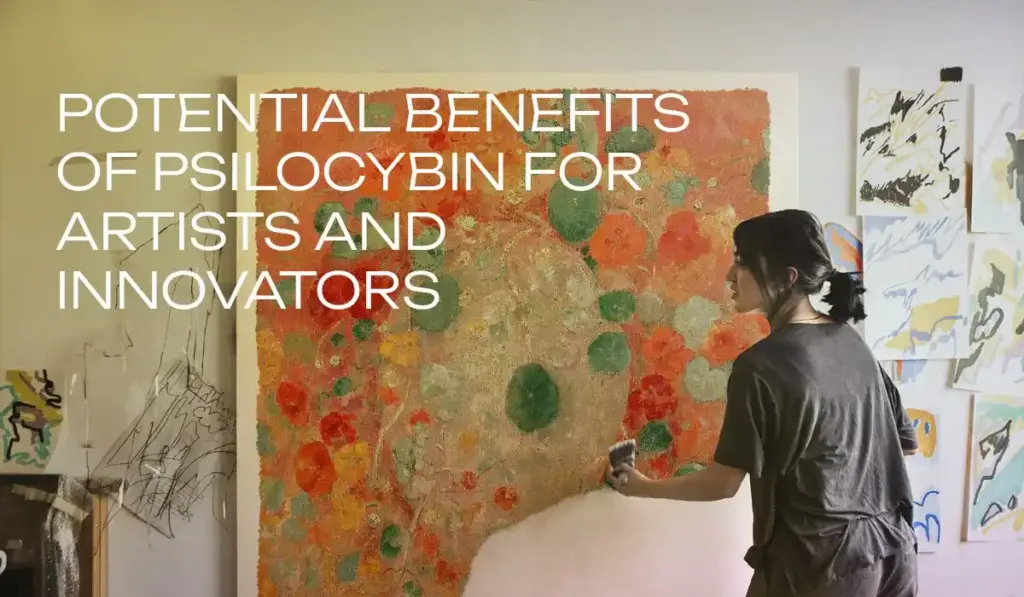
Microdosing has been shown to increase creativity and promote out-of-the-box thinking, allowing individuals to tap into their creative instincts and generate enhanced ideas that might not surface in a normal state, leading to groundbreaking work across various fields.
Many artists, writers, and innovators are exploring the potential benefits of this practice, often reporting heightened states of awareness and a newfound ability to make surprising connections between seemingly unrelated ideas.
Numerous studies have suggested that microdosing can facilitate access to deeper levels of creativity by altering neural pathways and encouraging divergent thinking.
For instance, well-known figures like Steve Jobs and Aldous Huxley have openly discussed their experiences with psychedelics, suggesting that these substances played a crucial role in their creative processes.
Artists like Pablo Picasso have also been linked to unconventional practices that fueled their imaginative output.
- Steve Jobs famously stated that his experiences led to a profound understanding of design and user experience.
- Picasso’s work reflects an avant-garde transformation, blending various styles and perspectives inspired by altered states.
Modern studies indicate that microdosing may enhance neuroplasticity, promoting cognitive flexibility. This suggests that individuals engaging in such practices might not only think differently but also approach problem-solving with a renewed vigor, ultimately leading to significant innovations.
Potential for Increased Neuroplasticity
The potential for increased neuroplasticity is one of the exciting benefits of microdosing, as psychedelics are believed to promote brain changes that support personal growth and mental health improvement.
By facilitating neuroplasticity, microdosing may not only enhance learning and creativity but also alleviate symptoms of anxiety and depression. As individuals embark on a journey of self-discovery through microdosing, they may find themselves better equipped to overcome personal obstacles and unlock their full potential.
- By embracing change and fostering resilience, individuals can achieve remarkable breakthroughs in their mental health.
- Enhancing neural connections through such practices ultimately cultivates a more balanced state of being.
Beyond personal benefits, this phenomenon has broader implications for society, suggesting a pathway toward collective mental well-being.
What Are the Risks of Microdosing?
While microdosing offers numerous potential benefits, it is essential to be aware of the risks involved, including negative side effects, legal implications, and social risks, which could impact an individual’s mental health and well-being.
Potential for Negative Side Effects
Microdosing may lead to potential negative side effects for some individuals, including increased anxiety or stress, which can counteract the intended mental health benefits.
When individuals engage in microdosing, they often seek enhanced creativity and improved mood. It’s crucial to understand that for certain users, this practice may produce undesired mental health outcomes. Such outcomes can include:
- Heightened Anxiety: Many may experience a significant spike in anxiety levels, which can further exacerbate existing mental health issues.
- Emotional Instability: Fluctuations in mood can become more pronounced, leading to increased irritability or emotional outbursts.
- Heightened Stress Response: Some individuals report feeling overwhelmed and unable to cope with everyday stressors.
Thus, it’s imperative to approach microdosing with caution and to research the possible adverse effects on mental well-being thoroughly.
Personal Experiences & Evidence
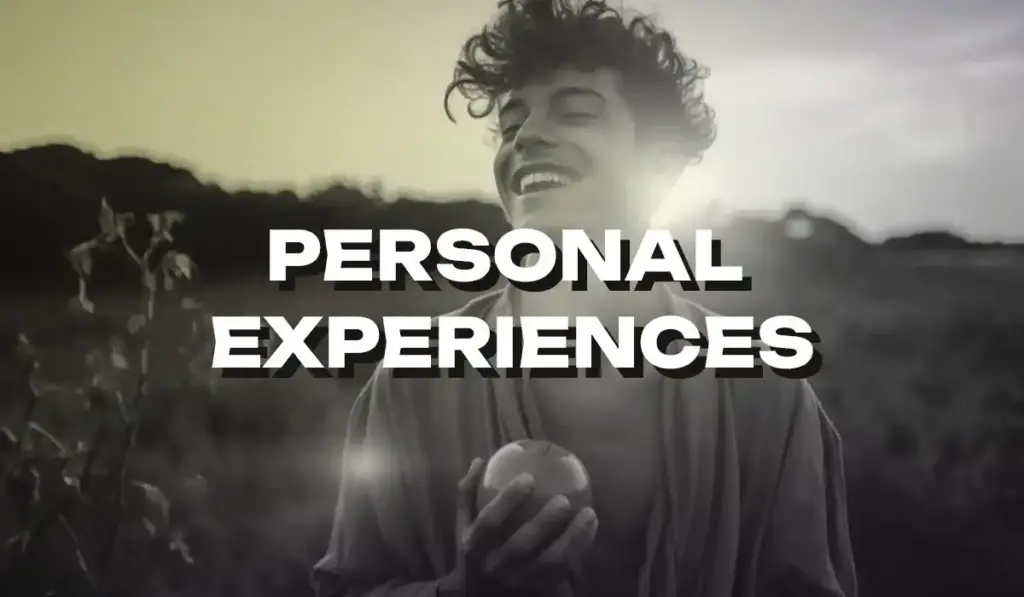
The microdosing subreddit is an incredibly active community with 267K microdosers worldwide sharing their personal microdosing experiences. In 2019, Toby Lea et al published an article titled “Psychedelic Microdosing: A Subreddit Analysis”, which shared that cognitive and creative enhancement has been one of the most reported benefits amongst microdosers who have shared their anecdotal experiences in the forum.
In one thread, a user called yourmushenthusiast shares, “I’m a drummer and the microdosing hasn’t just helped me make better music, it’s helped me be more motivated to get creative in other areas of my life. Also helps with reconnecting with my inner child (huge creativity boost). Also gave me the courage to start a new band with a totally different direction altogether!”
Another user called baxtersmalls shares, “I have felt like the days after a microdose I end up writing music I like more long-term. I don’t know if it’s that I’m necessarily more creative, or just more aware of what I’m doing (and therefore it’s more obvious when an idea is better/worse than another option). Or it could just be a placebo, tbh. But there’s been a slight uptick for liking things I’ve written if they were done in the 2-3 days post microdose.”
While the stories are anecdotal, they illustrate the potential for microdosing to support creative endeavors.
Frequently Asked Questions
1. What is microdosing for creativity?
Microdosing for creativity is a practice where individuals take small, subperceptual doses of psychedelic substances, such as psilocybin, to enhance their creative abilities.
2. How does microdosing impact creativity?
Microdosing has been reported to improve creativity by increasing neuroplasticity, enhancing cognitive flexibility, and reducing self-criticism and overthinking. It also allows for a greater flow of ideas and inspiration.
3. What are the potential benefits of microdosing for creativity?
Some potential benefits of microdosing for creativity include improved problem-solving abilities, increased open-mindedness, and enhanced creative thinking and expression. It may also lead to a deeper understanding of one’s own creativity and potential.
4. Can microdosing for creativity be used for therapeutic purposes?
While more research is needed, some studies have shown that microdosing may have therapeutic potential for mental health conditions, such as depression and anxiety. It may also be helpful for individuals looking to overcome creative blocks or explore their creativity in a new way.
5. Are there any potential risks of microdosing for creativity?
As with any psychedelic substance, there are potential risks associated with microdosing, such as increased anxiety or paranoia. It is important to approach microdosing with caution and under the guidance of a medical professional or experienced individual.
